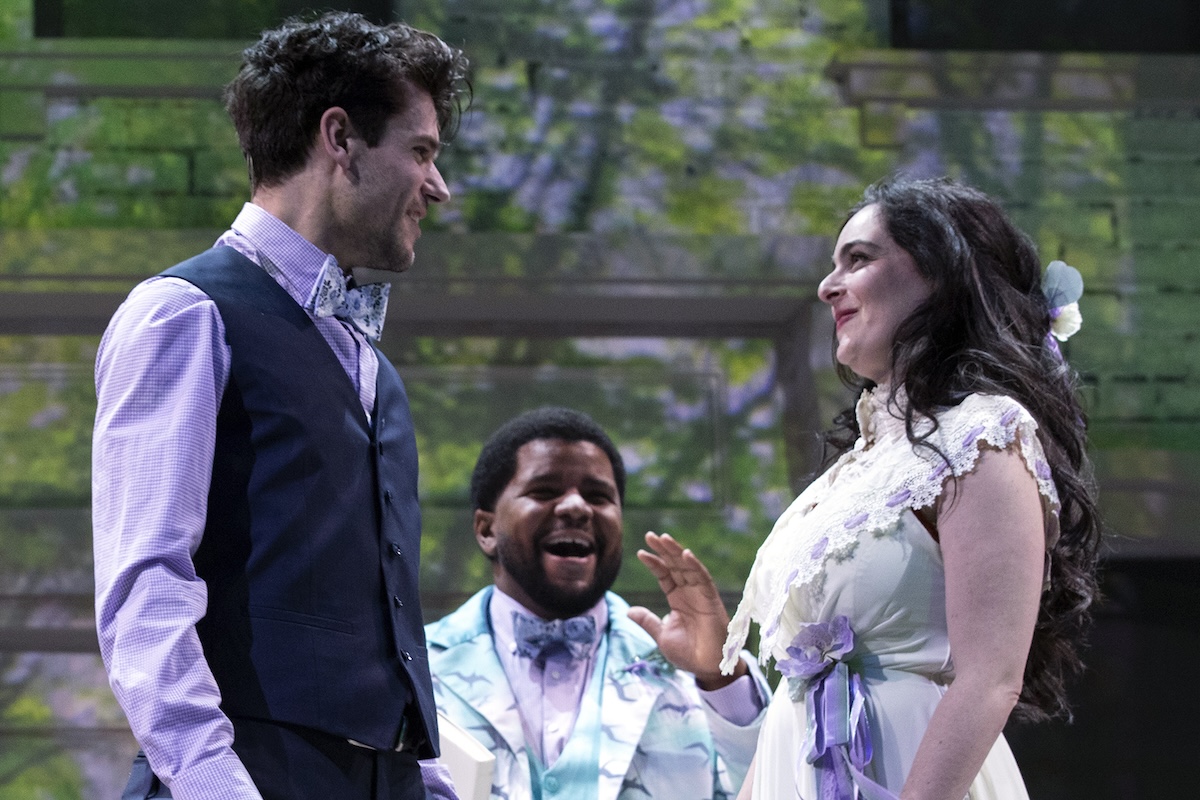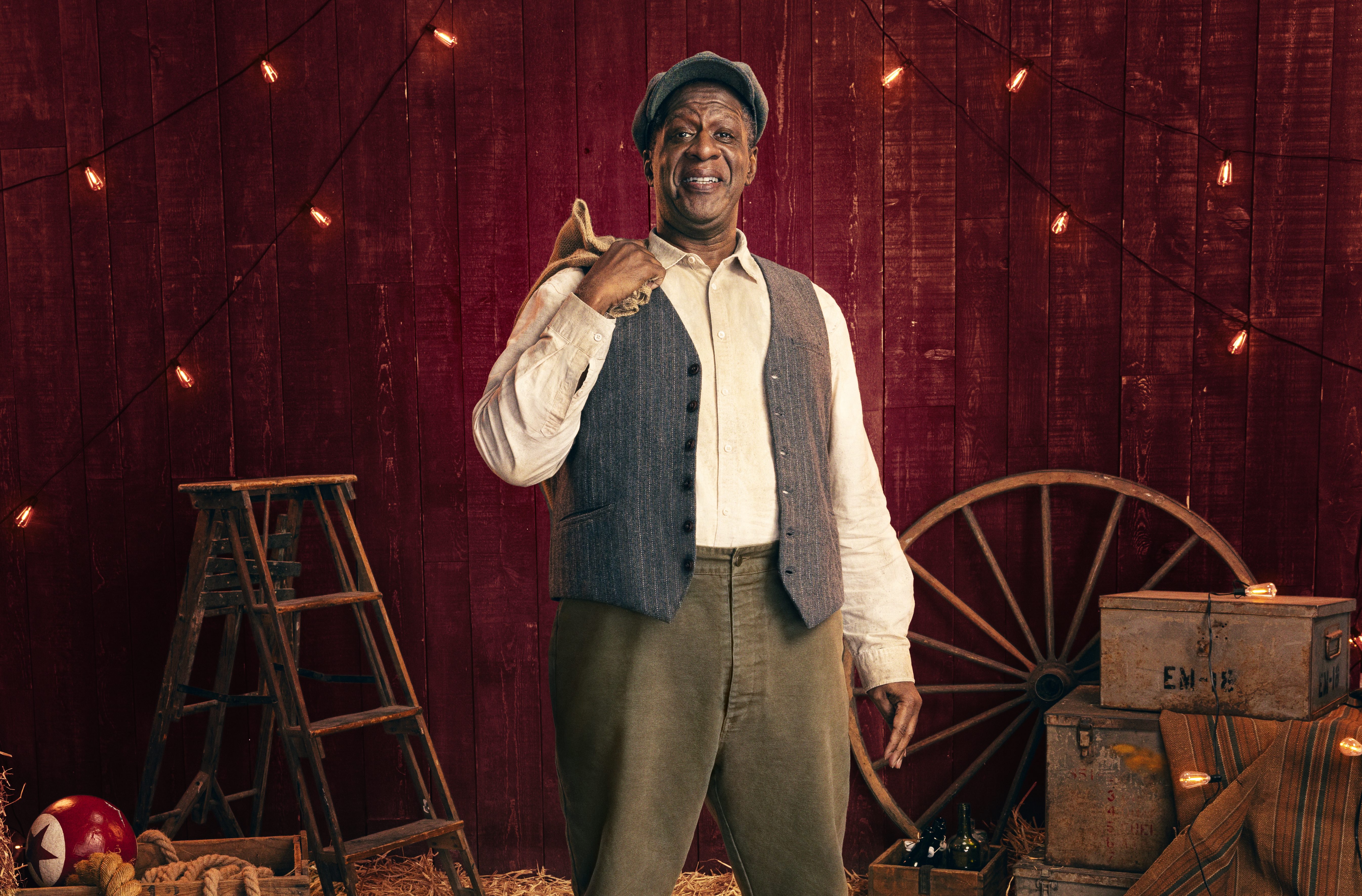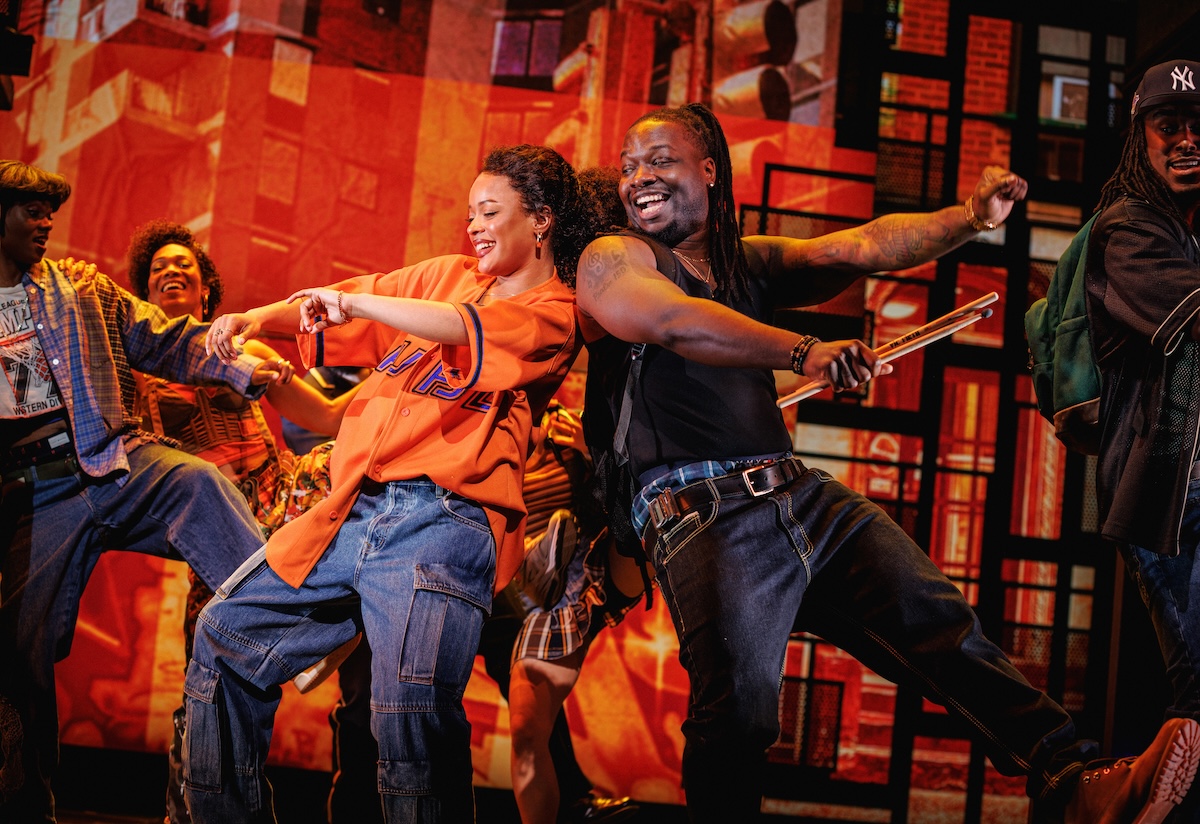Story of the Week: The Average Broadway Theatergoer Earns a Household Income of $271,277 a Year

(© Joseph Marzullo / WENN)
This week, the Broadway League released its report on the demographics of the Broadway audience for the 2022-23 season. The report is an invaluable trove of data about the people buying Broadway tickets, and it is the first one the League has released since the Covid pandemic (you can buy your own copy here).
The League’s press summary highlighted some encouraging stats: 29 percent of Broadway theatergoers identify as “BIPOC” (Black, Indigenous, or People of Color), an all-time high. The average age of theatergoers also appears to be getting younger, at 40.4 years old, the lowest number in 20 seasons. This is good news for producers who fret about a graying, overwhelmingly white audience that will not be replaced by younger patrons.
However, there are two important findings in the report that haven’t gotten as much attention: The average household income of Broadway theatergoers is $271,277, and they paid an average ticket price of $161.20 last season.
Story of the Week will dig into these numbers, compare them to the overall US population using census data, and consider a vital question: Is Broadway out-of-reach for regular Americans?
Some caveats: The findings in this report are based on 14,765 paper questionnaires and 3,734 electronic questionnaires that were distributed during Broadway performances last season. The people who actually take the time to fill out these surveys and return them are, of course, self-selecting (10,859 paper questionnaires were not returned). However, the breadth of responses still gives us a somewhat reliable and revealing look into the lives of Broadway theatergoers, which leads us into our main question…
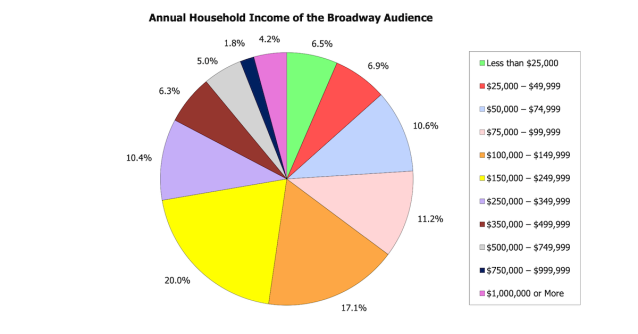
How rich are the people attending Broadway shows?
Richer than your average bear. According to the report, the average annual household income of a Broadway theatergoer is $271,277, up from $261,200 during the 2018-19 season (the report is quick to note that this actually represents a decrease of $37,000 in today’s dollars when adjusted for inflation). But it’s still a number far higher than the income enjoyed by the vast bulk of the American population.
According to the census, the median household income in 2022 was $74,580. It’s important to note that this is the median income, which is not the same as average (click here for an explanation of the difference). But it is a more accurate way of looking at middle income than an average (which can be skewed up by very high earners or dragged down by very low earners).
The League only reports an average of the responses to its survey, which asked theatergoers to tick a box corresponding to their income level ($75,000-$99,999, $100,000-$149,999, etc.). The income brackets top out at $1,000,000+, meaning Fortune 500 CEOs get lumped in with successful law partners and cannot skew the data higher. Still, future surveys might benefit from collecting exact data about household incomes and tabulating a median response, which I suspect would be lower than $271,277 — but not by much.
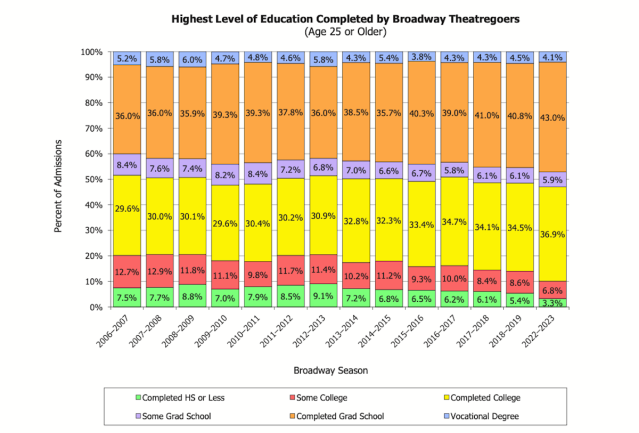
Why not?
Educational data further underscores the general affluence of the Broadway audience: 86 percent of theatergoers over age 25 have completed college, compared to 48.4 percent of the general population (a number that goes down to 37.6 percent when excluding associate degrees). A remarkable 43 percent of Broadway theatergoers have completed grad school, compared to 14.2 percent of the general population.
Consider this data against the well-documented relationship between educational attainment and income, and what emerges is an audience of educated professionals, nearly half of whom live comfortably within the top decile of American earners.
Is that why they can afford to pay so much for tickets?
It could be! The average paid admission for the 2022-23 season was $161.20, up from $145.60 in 2018-19 (this number has obviously also been impacted by inflation). That means a family of four can (on average) attend a Broadway show for $644.80 — not including dinner, transport, and concessions. One can reasonably expect to walk away from the night a grand poorer.
And there are people paying much more than this to get into the hottest shows: The top ticket price for the hit revival of Merrily We Roll Along is $649, while the average paid admission at The Lion King last week was $189.03. That number fluctuates wildly across the board (the average paid admission at How to Dance in Ohio was $44.66 last week, but this was press week and you can assume a sizable chunk of the audience was there on comps). As always, ticket price depends on the popularity of the show and the accommodations producers allow for cheap tickets.
One of the most fascinating statistics in the report concerns the frequency of attendance. While 44.6 percent of Broadway theatergoers saw only one show in the past year, 4.9 percent (the League estimates this to be 148,000 people) saw 15 shows or more. Are these Broadway superfans also super wealthy? Some surely are, but I’m willing to bet the majority of them are just crafty — really good at finding cheap tickets through discounts, rush policies, clubs, and by consistently entering lotteries (you can still see Hamilton for just $10 if you win). If you’re a Broadway fan but you’re not rich, it pays to be attentive and persistent.
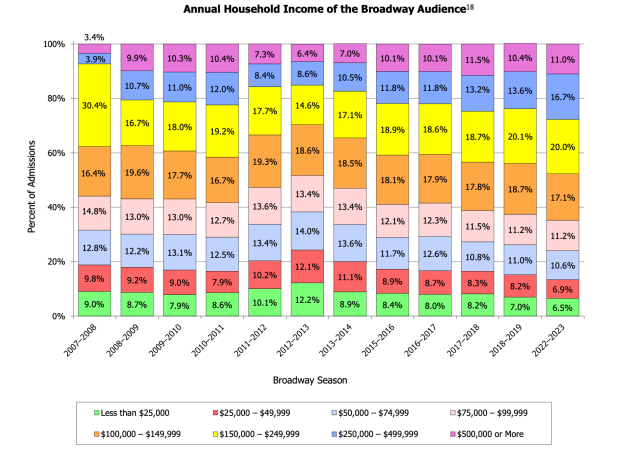
(© The Broadway League)
Is Broadway a luxury product?
Yes, and it has been for a long time. I grew up in Cincinnati and my family never went to the Aronoff Center (the local Broadway touring venue) because the cost of tickets was prohibitive (and this was touring prices 20 years ago). We weren’t rich, but we weren’t exactly poor either, with a household income slightly above the median. You can imagine all the other expenses my parents had in mind when they considered blowing a couple hundred dollars on Cats tickets. This is still a choice millions of middle-class Americans face, and Cats will always lose to medical bills and college tuition.
The share of Broadway theatergoers who make over $150,000 a year (putting them at or near the top 10 percent of earners) has gradually increased since the 2007-08 season, but it is difficult to untangle this number from inflation. As it appears to me, Broadway has remained stable as a luxury service catering mostly to wealthier Americans and a handful of resourceful superfans.
It is important to remember that, with the exception of a few not-for-profit producers (Roundabout, MTC, LTC, and Second Stage), Broadway is a for-profit venture, and always has been. Those tickets are priced not just in the (often vain) hope that a show will turn a profit for investors, but to sustain solid middle-class lifestyles for a heavily unionized workforce. This is a good thing! I want to live in a country in which artists are paid decently. But that means labor is an expense that will only ever increase on Broadway, passed along through the price of a ticket.
The happiest Broadway producers have come to terms with Broadway being a luxury product largely inaccessible to poorer Americans. They can assuage their guilt by offering lotteries and rush policies for determined lower-income fans. At this juncture, it is difficult to imagine robust government ticket subsidies in the not-for-profit sector, much less for-profit Broadway.
The most forward-thinking producers will forge deals with streaming services to ensure that high-quality film captures of their shows can reach audiences that would otherwise miss out because they cannot afford a ticket — at least not yet. For all of America’s faults, this is still a country with a remarkable amount of social mobility. What may be out of reach for a poor teenager has the potential to become an expensive hobby once they become a rich adult. This is how you build the audience of the future.





